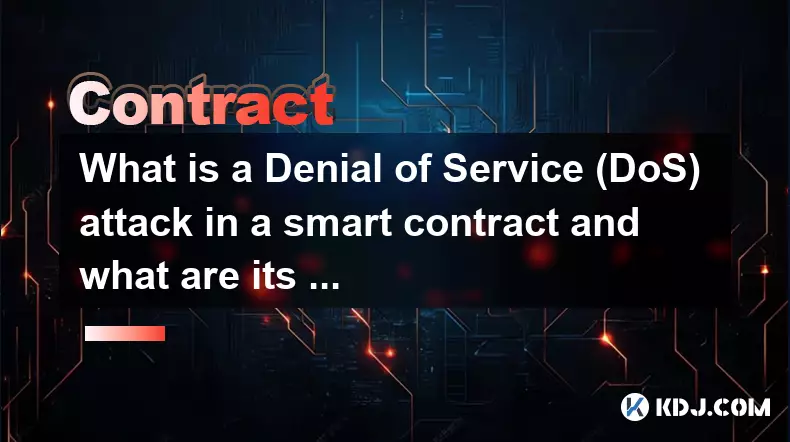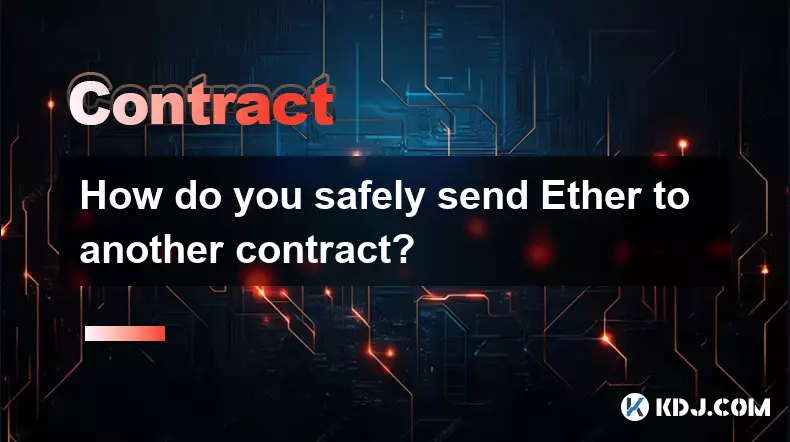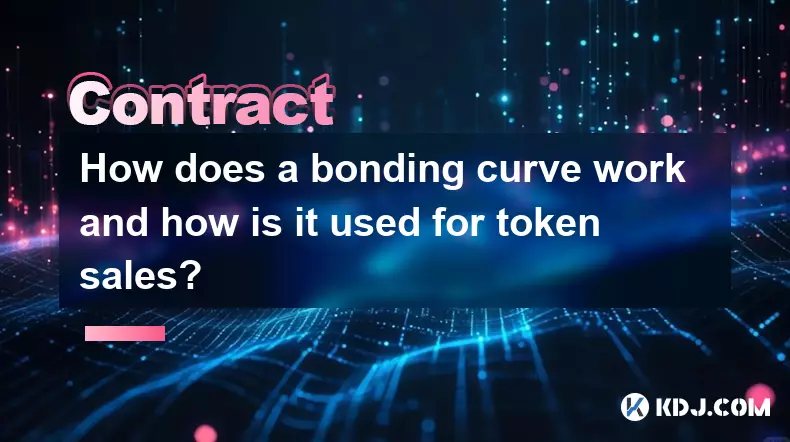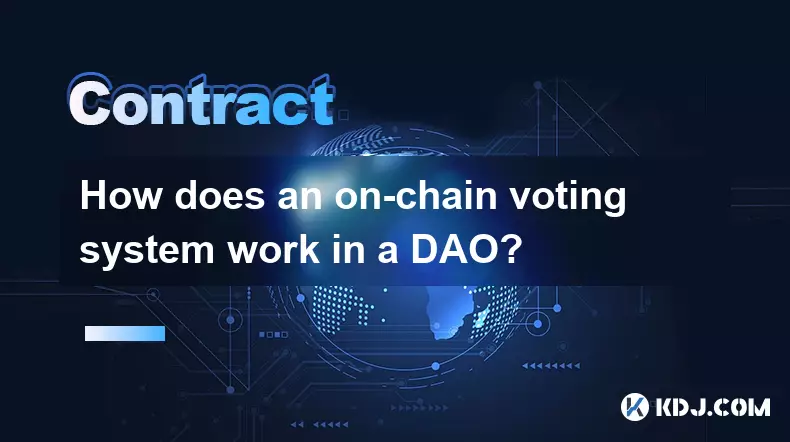-
 bitcoin
bitcoin $101752.865364 USD
-1.09% -
 ethereum
ethereum $3382.985899 USD
-1.38% -
 tether
tether $0.999658 USD
0.04% -
 xrp
xrp $2.272505 USD
-1.51% -
 bnb
bnb $989.089004 USD
0.14% -
 solana
solana $156.962612 USD
-3.08% -
 usd-coin
usd-coin $0.999776 USD
0.01% -
 tron
tron $0.290786 USD
-0.69% -
 dogecoin
dogecoin $0.174594 USD
-2.86% -
 cardano
cardano $0.560085 USD
-3.55% -
 hyperliquid
hyperliquid $40.023704 USD
-5.75% -
 chainlink
chainlink $15.324649 USD
-2.78% -
 bitcoin-cash
bitcoin-cash $493.576540 USD
-3.52% -
 zcash
zcash $571.320038 USD
-12.05% -
 stellar
stellar $0.280066 USD
-4.26%
How to calculate Coinbase contract returns
Understanding how to calculate futures contract returns on Coinbase is essential for traders to make informed investment decisions, involving considerations such as contract specifications, leverage, and risk management.
Nov 13, 2024 at 09:03 am

Coinbase, one of the leading cryptocurrency exchanges, offers a wide range of financial products, including futures contracts. These contracts allow traders to speculate on the future price of cryptocurrencies without having to own the underlying asset. Understanding how to calculate the returns on Coinbase futures contracts is crucial for informed decision-making.
Understanding the Concepts- Contract Price: The price at which the futures contract is currently trading.
- Settlement Price: The price at which the contract is settled when it expires.
- Margin: The amount of collateral required to trade futures contracts, usually expressed as a percentage of the contract value.
- Leverage: The ratio of the contract value to the margin requirement.
- Profit/Loss: The difference between the settlement price and the contract price, multiplied by the contract size.
- Locate the futures contract you wish to trade.
- Note the contract specifications, including the contract size, margin percentage, and settlement date.
- Multiply the contract size by the margin percentage to determine the margin requirement.
- For example, if you plan to trade a Bitcoin futures contract with a contract size of 1 BTC and a margin percentage of 20%, your margin requirement will be 0.2 BTC.
- Divide the contract value by the margin requirement to determine the leverage.
- Continuing the previous example, if the contract price is $50,000, the leverage will be 50,000/0.2 = 250.
- Calculate the potential profit or loss based on your trading strategy.
- If you believe the contract price will increase, aim for a long position. If you believe it will decrease, aim for a short position.
- Once the contract settles, calculate the profit or loss by multiplying the difference between the settlement price and the contract price by the contract size.
- Divide the profit or loss by your initial margin investment to determine the ROI.
- Contract Size: 1 BTC
- Contract Price: $50,000
- Settlement Price: $55,000
- Profit: (55,000 - 50,000) x 1 = $5,000
- Margin Requirement: 0.2 BTC
- ROI: 5,000 / 0.2 = 25,000%
- Contract Size: 1 BTC
- Contract Price: $50,000
- Settlement Price: $45,000
- Loss: (45,000 - 50,000) x 1 = -$5,000
- Margin Requirement: 0.2 BTC
- ROI: -5,000 / 0.2 = -25,000%
- Market Volatility: Futures contracts amplify market volatility, resulting in potentially high returns but also high risk.
- Margin Calls: If the market moves against your position and the margin requirement exceeds your margin balance, you may receive a margin call. Manage your risk by monitoring market movements and maintaining sufficient margin.
- Expiration Dates: Futures contracts have expiration dates, after which they settle at the settlement price. Monitor the expiration date to avoid automatic settlement.
- Trading Fees and Commissions: Coinbase charges trading fees and commissions on futures contracts. Factor these costs into your trading strategy.
By understanding and applying the steps outlined in this guide, you can effectively calculate the returns on Coinbase contract returns. Remember to consider the risks involved in futures trading and exercise caution when making investment decisions.
Disclaimer:info@kdj.com
The information provided is not trading advice. kdj.com does not assume any responsibility for any investments made based on the information provided in this article. Cryptocurrencies are highly volatile and it is highly recommended that you invest with caution after thorough research!
If you believe that the content used on this website infringes your copyright, please contact us immediately (info@kdj.com) and we will delete it promptly.
- Ripple (XRP) in 2026: Hold or Fold? A Look at XRP's Future and Emerging DeFi Alternatives
- 2025-11-08 18:35:01
- Zcash ZEC Coin Price Explosion: From Privacy Niche to Center Stage
- 2025-11-08 18:55:01
- Berachain Price Prediction: Navigating the Honeycomb Hype in Crypto
- 2025-11-08 18:55:01
- Arthur Hayes, Gold, and Bitcoin: A Modern Monetary Trinity?
- 2025-11-08 19:15:01
- Shiba Inu's Next Move: Navigating a Shifting Market
- 2025-11-08 19:20:01
- Pakistan's Crypto Crossroads: Balancing Opportunity with Asset-Backed Realities
- 2025-11-08 19:20:01
Related knowledge

What is a Denial of Service (DoS) attack in a smart contract and what are its common forms?
Nov 10,2025 at 05:20am
Understanding Denial of Service in Smart Contracts1. A Denial of Service (DoS) attack in the context of smart contracts refers to a scenario where a m...

How do you safely send Ether to another contract?
Nov 09,2025 at 06:40pm
Sending Ether to Smart Contracts: Key Considerations1. Verify that the receiving contract has a payable fallback function or a designated payable func...

What is a state machine and how can a contract be designed as one?
Nov 08,2025 at 02:19pm
Understanding State Machines in Blockchain Context1. A state machine is a computational model used to design systems that transition between defined s...

How does a bonding curve work and how is it used for token sales?
Nov 09,2025 at 04:00pm
Understanding the Mechanics of Bonding Curves1. A bonding curve is a mathematical function that links the price of a token to its supply. As more toke...

How do you upgrade a smart contract using the UUPS proxy pattern?
Nov 09,2025 at 01:19am
Understanding the UUPS Proxy Pattern in Smart Contract DevelopmentThe UUPS (Universal Upgradeable Proxy Standard) pattern has become a cornerstone in ...

How does an on-chain voting system work in a DAO?
Nov 09,2025 at 04:20pm
Understanding On-Chain Voting in DAOs1. An on-chain voting system operates directly on a blockchain network, allowing token holders to cast votes that...

What is a Denial of Service (DoS) attack in a smart contract and what are its common forms?
Nov 10,2025 at 05:20am
Understanding Denial of Service in Smart Contracts1. A Denial of Service (DoS) attack in the context of smart contracts refers to a scenario where a m...

How do you safely send Ether to another contract?
Nov 09,2025 at 06:40pm
Sending Ether to Smart Contracts: Key Considerations1. Verify that the receiving contract has a payable fallback function or a designated payable func...

What is a state machine and how can a contract be designed as one?
Nov 08,2025 at 02:19pm
Understanding State Machines in Blockchain Context1. A state machine is a computational model used to design systems that transition between defined s...

How does a bonding curve work and how is it used for token sales?
Nov 09,2025 at 04:00pm
Understanding the Mechanics of Bonding Curves1. A bonding curve is a mathematical function that links the price of a token to its supply. As more toke...

How do you upgrade a smart contract using the UUPS proxy pattern?
Nov 09,2025 at 01:19am
Understanding the UUPS Proxy Pattern in Smart Contract DevelopmentThe UUPS (Universal Upgradeable Proxy Standard) pattern has become a cornerstone in ...

How does an on-chain voting system work in a DAO?
Nov 09,2025 at 04:20pm
Understanding On-Chain Voting in DAOs1. An on-chain voting system operates directly on a blockchain network, allowing token holders to cast votes that...
See all articles





















![The Graph Price Prediction [GRT Crypto Price News Today] The Graph Price Prediction [GRT Crypto Price News Today]](/uploads/2025/11/07/cryptocurrencies-news/videos/690d4df44fe69_image_500_375.webp)




















































